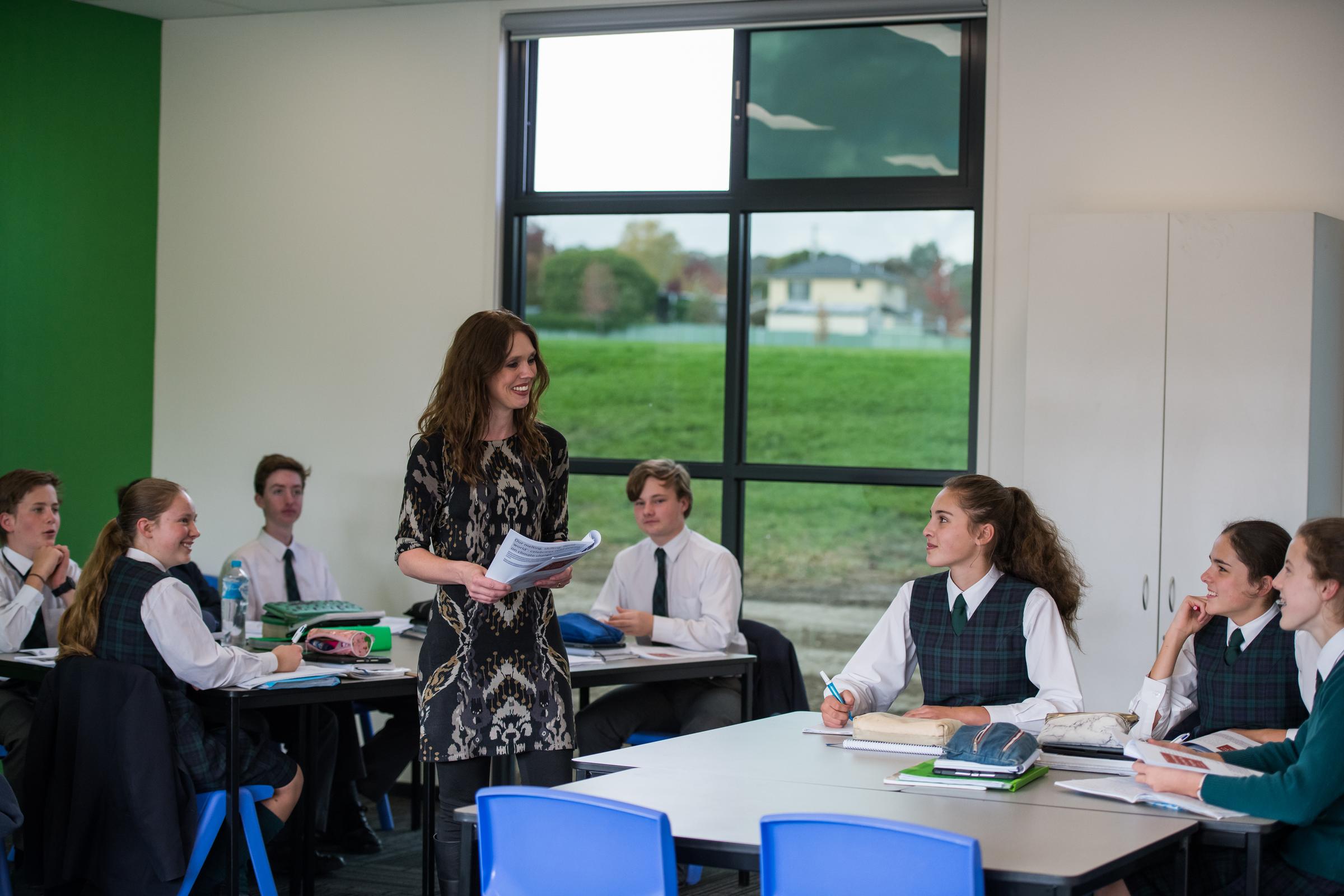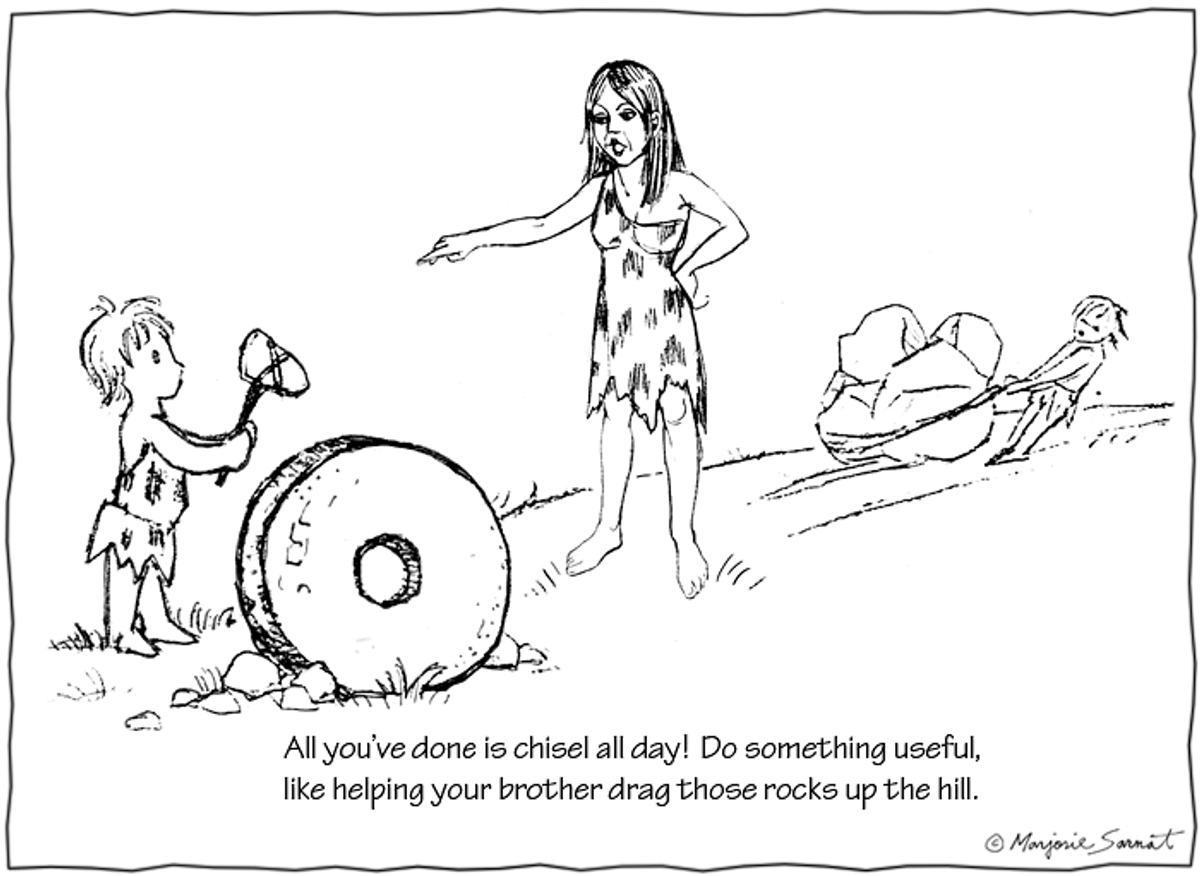Message from the Head of Teaching and Learning

What does it mean to be a Visible Learning School?
What does learning look like? Is it passing exams? Is it waving your hand around like mad because you know the answer? Is it coming first in class? Is it giving the teacher the exact answer he/she is anticipating you give? Is it completing a task without making a single mistake?
Yes …. and no. This is certainly what ‘knowing’ looks like but is that the same thing as ‘learning’?
In many ways, this is a foolish question because learning is a messy and unpredictable business and may well present itself in ways that we least expect:
So we have to be careful that our understanding and view of learning is not dictated by end results and expectations only. We have to be open to the fact that learning might present itself in weird and wonderful ways and we have to be able to channel that learning in such a way that the learning power[1] of our students is nurtured rather than quashed like the poor boy in the cartoon above!
The best way to do this is to encourage our students to make their learning visible: visible to themselves; visible to their teachers and visible to their parents/caregivers. So what does a Visible Learner look like? Firstly, a Visible Learner is an active participant in the learning process – Visible Learners do not sit passively, waiting for learning to somehow ‘happen’ to them. They know that attending class and being physically present in the lesson is not learning. It is merely attending. Visible Learners actually have to be active participants in the learning process – that is, they understand that their learning outcomes are a result of effective learning strategies as opposed to ‘luck’ or ‘fixed’ abilities. They know what their learning goal is, because they have had a conversation with their teacher and as a result of that conversation, they have set their own goal. They work hard to achieve that goal because they know that hard work beats talent when talent doesn’t work hard.[2] Visible Learners act on feedback - they know exactly what they need to do to move forward in their learning … and they do it!
Visible Learners ask questions; they answer questions with more questions. They actively seek feedback and persist when the learning becomes challenging. They recognise that learning can sometimes be a real struggle and they persevere. Visible Learners see mistakes and failures as valuable learning opportunities and not reasons to ‘give up’; they support each other in their learning.
Students can really only be Visible Learners, if they are provided with the opportunities to demonstrate Visible Learning both at school and at home. It is important that teachers make learning intentions clear; that they provide timely feedback so that students know exactly where they are in their learning. Teachers must therefore see learning through the eyes of their students, just as students should see teaching as the key to their ongoing learning. When learning is visible the student knows what to do and how to do it and the teacher knows if learning is occurring or not.
How can you support your child to be a Visible Learner?
Visible Learning is about individual progress and development – whilst it is tempting to ask them how they are doing in comparison with their peers, it is much more valuable to talk about how they are performing now, compared with how they were performing last term. Students should be far more interested in their own progress and development than that of their peers. Students peak at different times and learn at different rates in different subjects and that is OK. Students should strive to be the best version of themselves. Reminding your child that effort is actually the bigger part of success, is really valuable. The outcome does not have to be perfect – they’re learning. There would be little point in them being at school if they knew everything already! Research shows that when we focus on effort and not results, we have greater success and growth overall.
Visible Learning teaches students to learn very important lessons; taking responsibility for their own learning and setting goals for their own development. Those are the sorts of skills that will serve them well in all aspects of life, not just schooling. Learning is a continuous journey, and it is not simply about reaching some designated destination.
[1] Learning traits, characteristics and behaviours
[2] Kevin Wayne Durant (born September 29, 1988) is an American professional basketball player for the Golden State Warriors of the National Basketball Association (NBA).
Mrs Serena Lewis
Head of Teaching and Learning

